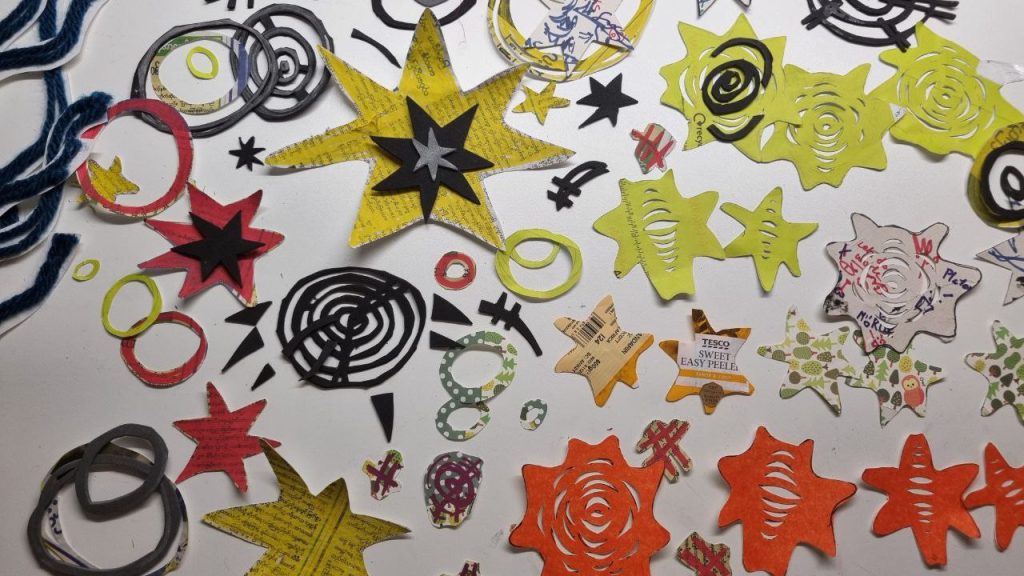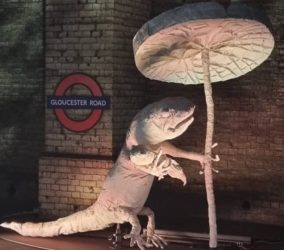


During the lessons, we talked about the principles of animation once again – mainly focusing on the easing and keyframes. We then tried out some simple after effects techniques such as moving and morphing shapes using keys.
To establish characters, we also looked into shape languages from Disney to further communicate personality to the audience. But personally I believe that a good mixture of these shapes would accentuate personality further.
After Effects Tests:

These are the first few test that I made in the first 2 lessons. It was interesting how just altering the movements and the speed of the ball could define the weight so easily to us. This was also simple enough to achieve for a person who has never used After effects.
Exercise: Drawing an emotion with 3 shapes

Experimenting with the sketched out shape:

Since I was still practicing, I just tried to get the shapes and layers as accurate to my sketch rather than figuring out a movement. But just changing the path of the shapes to make it droopy conveys the emotion quite well with just 2 keyframes.
Drawing a cherry as practice:

I was quite proud of this cherry I made, so despite it just being a side practice for the class to just delete later, I decided to keep this for the brief we’ll get from this rotation. I really liked my improvised colour scheme and the way I drew my cherry.
I’ll update on the brief in the next post:

